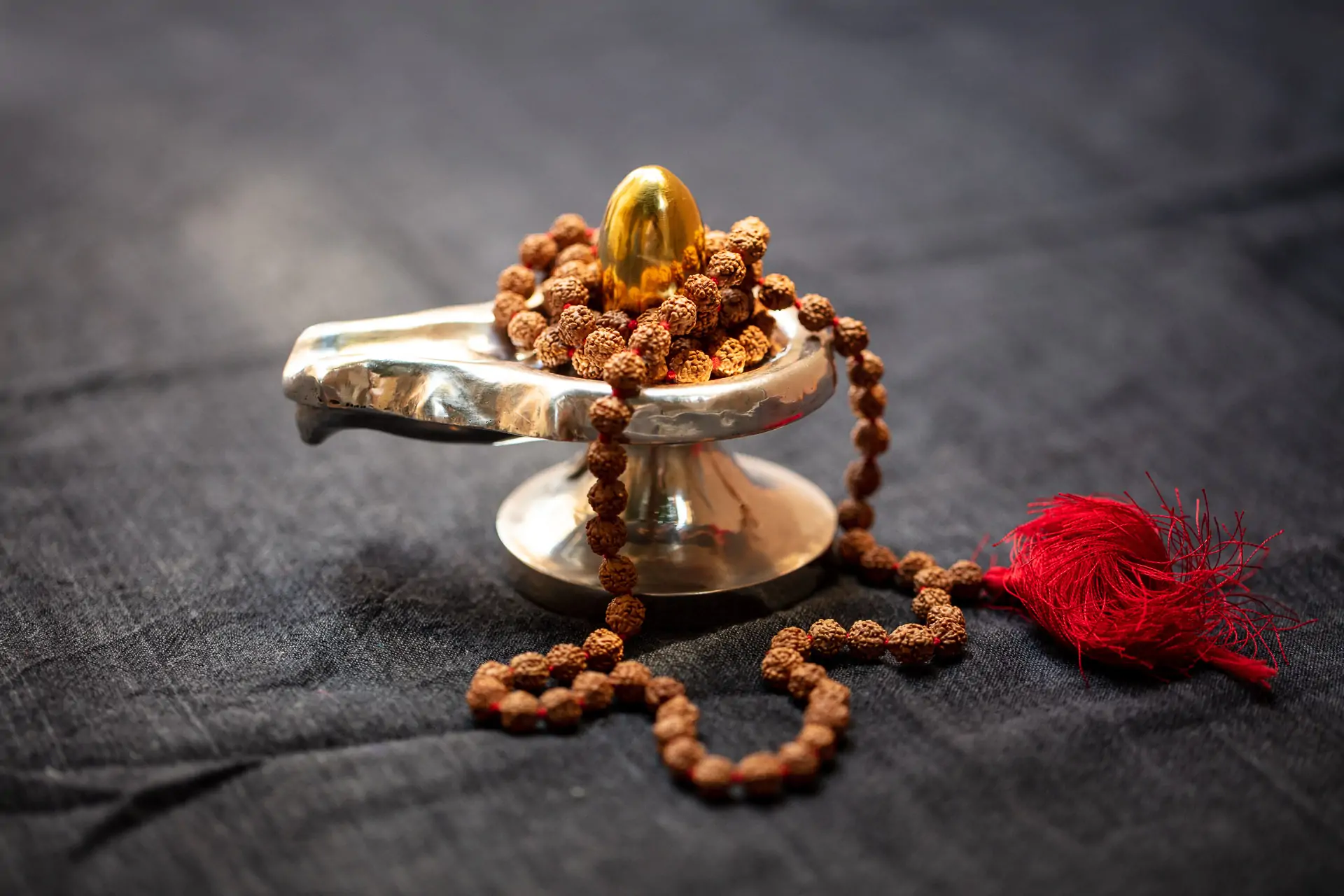Shiva & Shakti
Shiva and Shakti are two fundamental terms of Tantra that faithfully describe the essential nature of reality as well as the purpose of Tantra practice itself.
Shiva is the name for the unchanging, transcendental field of pure consciousness, the eternal witness, the living presence and timeless peace from which everything came into being. Shiva is a static energy, the source of unlimited potential and represents the masculine aspect of Creation.
In order for this potential to manifest, kinetic energy is needed. It is called Shakti and represents the feminine aspect of Creation. Its role is creation. This energy created the entire Creation, the entire phenomenal world as well as human beings.
Every person is both Shiva and Shakti. When consciousness is in the state of the observer, present in the moment, the thinking mind goes into the background. This state of consciousness is called Shiva.
Shakti is responsible for the functioning of the entire human body. It is the energy that makes blood circulate through the veins, that makes the heart work, that makes food digested, breathe, speak, see, love… and act.
Shiva and Shakti are like two sides of the same coin, consciousness and energy. In their essence they are one.
In the human body Shakti is called Kundalini Shakti. She is in her sleeping form in the first chakra – Muladhara. Shiva, pure transcendental consciousness, is located in the crown chakra – Sahasrara, on the top of the head.
The awakening of the Kundalini Shakti and its union with Shiva in the Sahasrara is the purpose of Tantra. This sacred union marks the end of the spiritual process, the transcendence of the mind and inner illumination.
According to Yoga and Tantra, the energetic interior of man consists of 72,000 nadis – energy channels and 7 main chakras – energy vortexes along the spine that represent the associated levels of consciousness.
Of the 72,000 nadis, 3 are the main ones: Ida, Pingala and Shushumna, of which the Shushumna nadi is the most important. This is the central energy channel and is located inside the spine. It is also called the “royal channel” because the awakened Kundalini Shakti passes through it. It elevates consciousness and empties emotional and karmic content from all chakras on its way to merge with Shiva at the crown of the head.
Chakras:
- Muladhara, coccyx region
- Svadhisthana, below the navel
- Manipura, solar plexus
- Anahata, chest center
- Vishuddhi, throat
- Ajna, the point between the eyebrows
- Sahasrara, the crown of the head
The first three chakras are material, while the others are more subtle and spiritual in nature. Also, the first six chakras are dual in nature, while only Sahasrara contains no polarities. As Kundalini Shakti ascends through Sushumna Nadi and purifies the contents of the chakras, more and more subtle levels of consciousness open up and greater inner integrity awakens. Only when it ascends to Sahasrara and merges with transcendental consciousness does complete unification of consciousness and illumination occur. This unity of consciousness and energy is what the word Yoga itself symbolizes. Yoga, yuj – unification.

